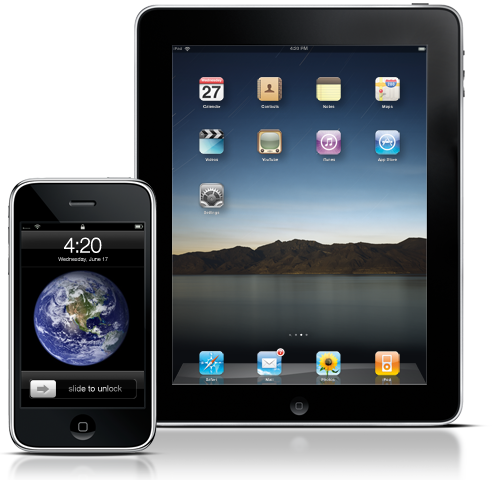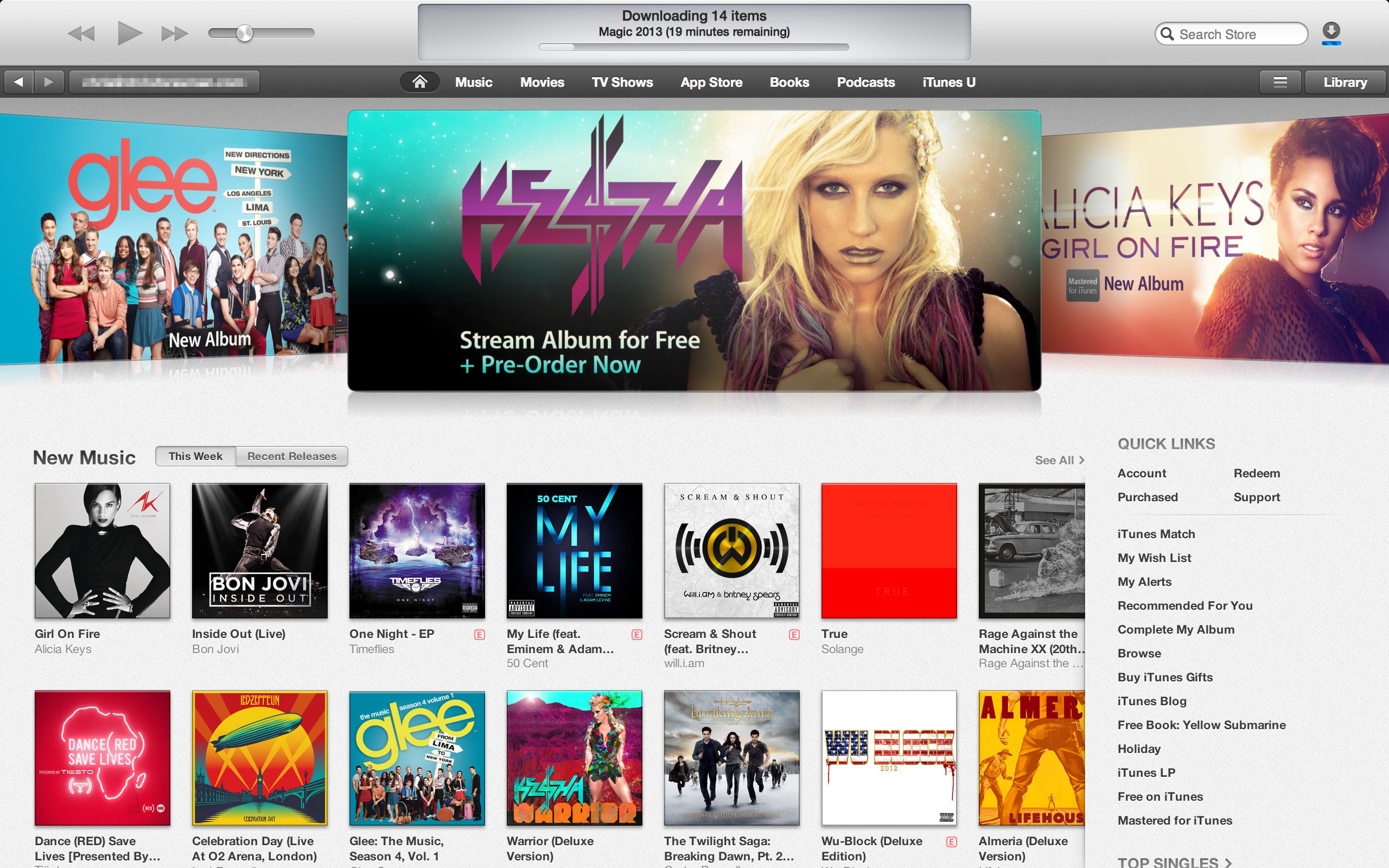When
I was younger, I used to go to church. Every Sunday morning my family would get
cleaned up, my mother would force me to wear something nice and then we would
all pile in the car and head over. Every week I would drag my feet and fight
with my parents about how much I hated going to church. The only thing I liked
was that sometimes I would get to hang with the other kids before
communion, and that there was food that everyone got to enjoy at the end. I
absolutely hated getting all fancied up to go and sit and listen to boring
sermons. I was a tomboy when I was younger and dreaded having to wear a skirt
or, god forbid, a dress. It would be so much of a hassle every Sunday that
eventually, we started to go less and less until we didn’t have to go anymore
(and I’m not complaining).
 If religions took the “You can be serious without a suit”
route, they would be far more appealing to the younger generation. Many
children dislike dressing up and wearing uncomfortable clothing. When I went
to church I could not concentrate on the message that was being delivered by the
preacher because all I could think about was the fact that my skirt or dress
was itchy. It bothered me so much that I still equate church with being
uncomfortable, boring and a waste of time. Our generation (along with younger
generations) has been raised completely differently from our parents and grandparents. We are used to dressing casually and comfortably. If churches and other
places of worship began to cater towards what we are used to and what we
like as a generation, they probably would get more support and more people
would have a positive religious experience. I know if I wasn’t forced to wear
my “Sunday best” as a child I probably wouldn’t dislike church as much as I do
now. I could have actually focused on the messages that were taught and learned to enjoy church rather than see it as a horrible waste of time.
If religions took the “You can be serious without a suit”
route, they would be far more appealing to the younger generation. Many
children dislike dressing up and wearing uncomfortable clothing. When I went
to church I could not concentrate on the message that was being delivered by the
preacher because all I could think about was the fact that my skirt or dress
was itchy. It bothered me so much that I still equate church with being
uncomfortable, boring and a waste of time. Our generation (along with younger
generations) has been raised completely differently from our parents and grandparents. We are used to dressing casually and comfortably. If churches and other
places of worship began to cater towards what we are used to and what we
like as a generation, they probably would get more support and more people
would have a positive religious experience. I know if I wasn’t forced to wear
my “Sunday best” as a child I probably wouldn’t dislike church as much as I do
now. I could have actually focused on the messages that were taught and learned to enjoy church rather than see it as a horrible waste of time.
Now, after reading through Google’s “Ten Things We Know to
Be True” comments I’ve thought about what “point” some religious could take
from Google to make their religion, in my opinion, “better,” or more appealing to a greater number of people. From my own personal experience, I think if religions decided to
take Google’s ninth point, “You can be serious without a suit," into account,
more people could share a positive religious experience.
"Our founders built Google around the idea that work should be challenging, and the challenge should be fun. We believe the great, creative things are more likely to happen with the right company culture-and that doesn't just mean lava lamps and rubber balls. There is an emphasis on team achievements and pride in individual accomplishments that contribute to our overall success. We put great stock in our employees-energetic, passionate people from diverse backgrounds with creative approaches to work, play and life. Our atmosphere may be casual, but as new ideas emerge in a cafe line, at a team meeting or at the gym, they are traded, tested and put into practice with dizzying speed-and they may be the launch pad for a new project destined for worldwide use."
It would definitely be more attractive to the younger
generation. I was scared away from church at a young age due to all of my memories of stuffy old people surrounding me while I wiggled uncomfortably in
my itchy “Sunday best”.
 If religions took the “You can be serious without a suit”
route, they would be far more appealing to the younger generation. Many
children dislike dressing up and wearing uncomfortable clothing. When I went
to church I could not concentrate on the message that was being delivered by the
preacher because all I could think about was the fact that my skirt or dress
was itchy. It bothered me so much that I still equate church with being
uncomfortable, boring and a waste of time. Our generation (along with younger
generations) has been raised completely differently from our parents and grandparents. We are used to dressing casually and comfortably. If churches and other
places of worship began to cater towards what we are used to and what we
like as a generation, they probably would get more support and more people
would have a positive religious experience. I know if I wasn’t forced to wear
my “Sunday best” as a child I probably wouldn’t dislike church as much as I do
now. I could have actually focused on the messages that were taught and learned to enjoy church rather than see it as a horrible waste of time.
If religions took the “You can be serious without a suit”
route, they would be far more appealing to the younger generation. Many
children dislike dressing up and wearing uncomfortable clothing. When I went
to church I could not concentrate on the message that was being delivered by the
preacher because all I could think about was the fact that my skirt or dress
was itchy. It bothered me so much that I still equate church with being
uncomfortable, boring and a waste of time. Our generation (along with younger
generations) has been raised completely differently from our parents and grandparents. We are used to dressing casually and comfortably. If churches and other
places of worship began to cater towards what we are used to and what we
like as a generation, they probably would get more support and more people
would have a positive religious experience. I know if I wasn’t forced to wear
my “Sunday best” as a child I probably wouldn’t dislike church as much as I do
now. I could have actually focused on the messages that were taught and learned to enjoy church rather than see it as a horrible waste of time. 













